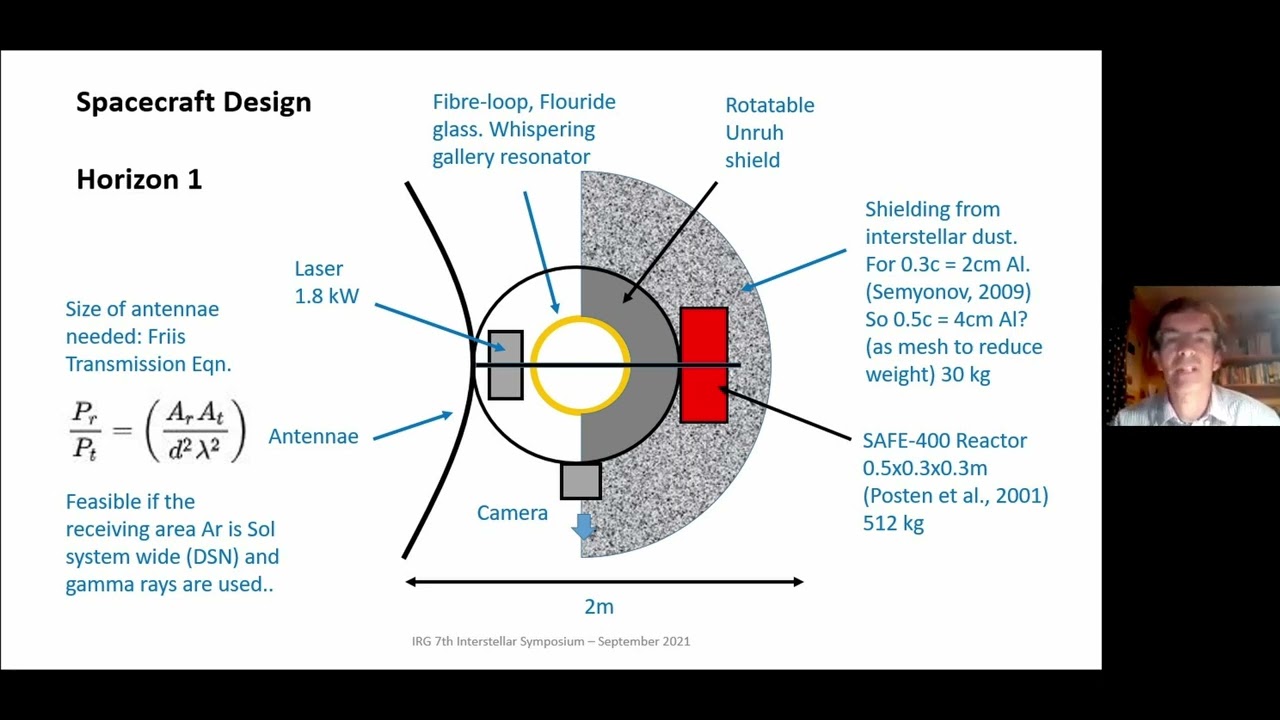from this guy:
While I think it is wonderful that this alternative theory of mechanics will be tested in space, I recall the sceptical wisdom of Kelvin R. Throop,
Never invest in something that violates a conservation law.
In this case, the conservation of momentum. If this works, it will be a “Vacuum Propeller” about which I speculated in 1999 that would help us get off this rock before the slavers reduce us all to cattle on their gated estates.
I’ve been following this guy for a while. I give the odds of it working about a billion to 1 against, but he’s at least attempting a proposal that can be tested. That gives him (IMO) more credibility than 50 years of string theory.
Is this at all related to the hypothesis that inertia is actually a zero-point-field force related to Lorentz force, as proposed by Bernard Haisch (The God Theory)? Can this hypothesis be tested?
The theory being tested is Mike McCulloch’s “Quantised Inertia”, which he summarises as follows:
Quantised inertia explains inertia, for the first time, by combining relativity and quantum mechanics.
- According to relativity, an accelerating object will see a Rindler horizon in the direction opposite to that of its acceleration vector. This is because information travels at the speed of light.
- An accelerating object will see itself surrounded by so-called Unruh radiation. The horizon splits virtual particles, so that they become real radiation.
Quantized Inertia combines these two predictions by saying that the horizon damps (reduces) the Unruh radiation on one side of the object. The resulting gradient in the quantum vacuum pushes the object back against it acceleration, explaining inertia.
Quantized Inertia further predicts that for objects with very low accelerations, such as stars at the edges of galaxies, the Rindler horizon moves so far back that it is close to the cosmic horizon so the waves of Unruh radiation are now damped equally all around, and the mechanism of inertia collapses. This explains why stars at the edge of galaxies can orbit faster than expected but still remain bound to the galaxy. As a result, Quantised Inertia predicts galaxy rotation perfectly without the need for dark matter or any adjustment.
More practically, quantized inertia also predicts that we can get thrust and energy from the vacuum.
The theory thus claims both to explain the rotation curves of galaxies without resorting to dark matter or modified gravity and to allow generation of thrust without propellant.
Here is a twenty-minute talk to the Interstellar Research Group describing the theory and potential propulsion applications.
His signal achievement is obtaining funding for this idiocy. It’s called a Law for a reason. Kudos!
Conservation of momentum only applies in a closed system. For example, expelling propellant from a rocket increases its momentum, but momentum is conserved when you account for the propellant going in the opposite direction. Quantised inertia uses phenomena based purely upon orthodox general relativity (the Rindler horizon and Unruh radiation). These, it is argued, create an asymmetry in the universe as seen from an accelerating object, and this allows it to exert a force by “pushing” against this asymmetry. This does not violate conservation of momentum when you consider the universe as a whole, only when the object is considered in isolation.
The predictions of quantised inertia are unambiguous and falsifiable. A space-based test will determine, once and for all, whether the theory is correct.
I understand why these novel theories are interesting. But why, other than isolation from ordinary atmosphere, is space an environment for verifying this theory? I was taught that in the world we operate in, you can’t do work by pushing on a rope.
The force generated, for readily available energy sources, is very small. In space, it is easy to measure the departure from inertial motion, especially integrated over time, due to a small force. Also, one can much more easily demonstrate any observed force is not due to effects such as differential heating of the object in the atmosphere, magnetic interaction with the Earth’s magnetic field, etc.
Thanks for the explanation. Lastly, why are forces that are so small they resist measurement of interest when useful space travel involves moving a lot of mass? Simply a place to start?
The forces are small because (if they exist) they derive from general relativity effects which are weak because gravity is such a weak force (about 40 orders of magnitude weaker than electromagnetism). The point of the experiment is to determine if the effect is real and theory is correct, not to build a practical space drive. If the effect is real, then the question is how it might be scaled up to be useful.
Konstantin Tsiolkovsky figured out in 1903 that a multi-stage rocket burning liquid hydrogen and oxygen could achieve Earth orbit. It wasn’t until 1957 that the practical problems of launching a rocket into orbit were solved.
Has McCulloch addressed the anomalous Bullet Galaxy?
From the linked article:
Our own galaxy is predicted to collide with the nearby Andromeda galaxy in roughly four billion years, meaning current research could be beneficial for future purposes.
Seriously? Anything less than a billion years out is short term thinking.
